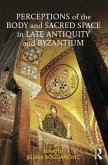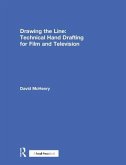This new study on the great ukiyo-e artist Hokusai is not so much about who he was or what he did, but an in-depth appreciation of why his works appear the way they do and how he created them. Though a prolific artist, the focus is mostly on his later woodblock prints when his distinctive style, today recognized around the world, became fully crystallized: How was it that, faced like so many other artists of his time with the same challenges of social, aesthetic, personal, and contractual factors, the "Hokusai style" or methodology in the way he manipulated pictorial conventions and the use of space emerged, and why it was so successful. The book is structured around three main themes: How Hokusai learned his trade; Hokusai, Mount Fuji, and the articulation of pictorial space; and Hokusai: Flowers, poets, and aesthetic detachment.
Hinweis: Dieser Artikel kann nur an eine deutsche Lieferadresse ausgeliefert werden.
Hinweis: Dieser Artikel kann nur an eine deutsche Lieferadresse ausgeliefert werden.








